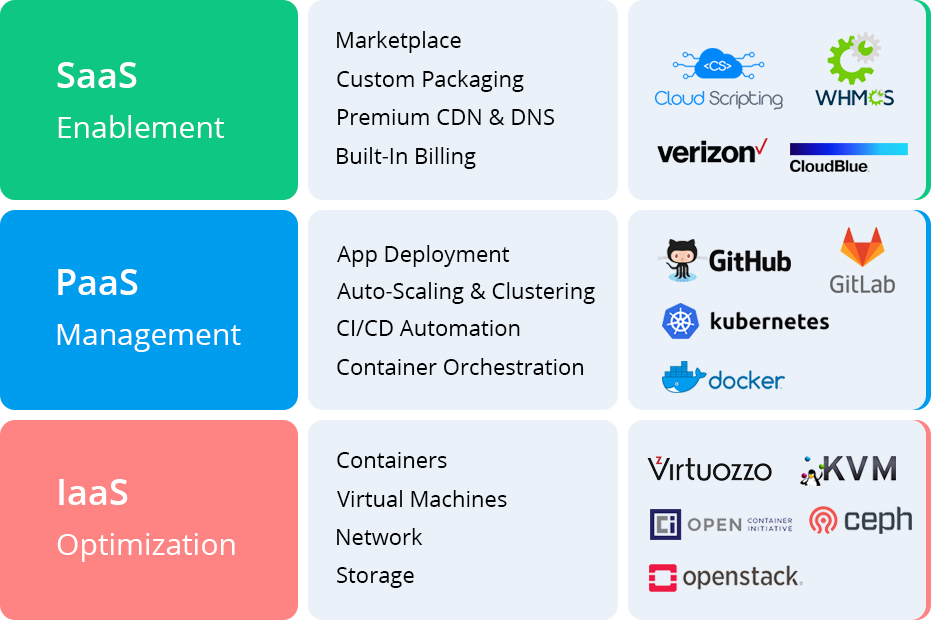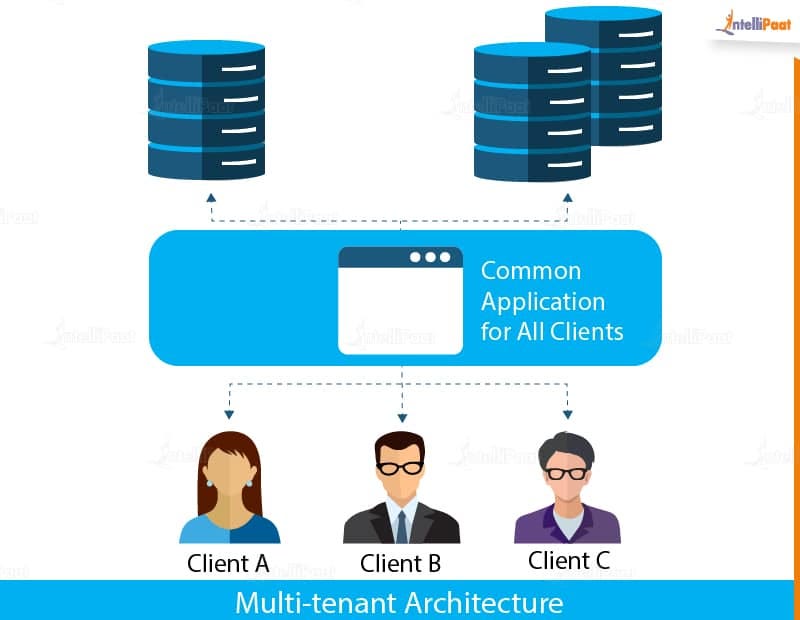A Basic Study On Salesforce, Benefits, Architectures, and Services Provided by the Salesforce
Why do we need Salesforce?

Salesforce helps break down technological silos in your business amongst divisions so no matter where they are, employees in marketing, sales, commerce, service, and IT have a single customer perspective. This allows a greater knowledge of clients on one customer relationship management (CRM) platform.
Traditional CRM vs Salesforce

Traditional CRM
- High cost
- Hosted in company servers
- Takes more time to setup
- Usability is harder
Salesforce
- Lower cost
- Hosted in clouds
- Takes less time to setup
- Easy to use
PaaS vs SaaS vs IaaS
We need to differentiate two main things to go further.
- PaaS: Hardware and Software tools available over the internet.
- SaaS: Software that is available via a third party over the internet.

How Salesforce makes things easier?

Instead of having separate hardware, software, user access, reports, analytics, and security concerns, Salesforce makes the entire thing easier by employing over the internet.
Who is using Salesforce?

- Call centers
- Financial systems
- HR Systems
- AWS
Architecture employed by the Salesforce
Multi-Tenant Architecture
One user — Multiple user concept

Benefits
- More economical approach. Why? It uses the shared app and shared database, so it is not going to cost extra charges for each instance.
- If a part has to be updated or upgraded or debugged, we can make it in a single place and all the clients are going to get the change at once.
Data privacy?
Since we are going to use a shared database, how to ensure data privacy between the companies or clients?
Meta-data Architecture
This is the way how the shared database keeps the data of different clients mutually exclusively without data breaches.

Benefits
- It increases the productivity of the development team. How? The developing team will only look into the development rather than engaging in DBMS activities.
Platforms that provide Salesforce developments
- Force.com by Salesforce
- Exact Target by FUEL
- Heroku (For Java, Python and etc)
Services offered by Salesforce

1 — Sales cloud
To enable the salespeople to sell smarter and faster by centralizing the customer information.
2 — Marketing cloud
To create and manage marketing campaigns with the customers. Targets the potential customers.
3 — Service cloud
To give services to the customers by using the priorities given to each of them. Can be used to assess the staff who are attending to the issues.
4 — Analytics cloud
To analyze and gain reasons for the failures and the success to improve the business. Also uses visualization and interactive charts to make decisions.
5 — Community cloud
This is the place where the customers can interact with each other by creating issues threads and QA threads. This ensures the development team quickly gets into the issue and sometimes the solutions regarding the business would be readily submitted by some clients using the system.
6 — App cloud
To create apps
7 — Commerce cloud
To transform all shopping experiences across all digital channels. Highly used by e-commerce companies.
8 — IoT cloud
To facilitate IoT-based applications such as smart homes, automatic vehicle maintenance with sensor monitors and etc.
9 — Health cloud
To centralize health-related documents and details. Also, to predict the outcomes of near future diseases using the family history analysis.
10 — Salesforce1
It's a mobile container that makes users an easy way to deliver things
11 — Chatter
it is used to get feedback and to make corrections in real-time. Only those who are in the app can only access it.
What can be achieved when a company uses salesforce instead of traditional technologies?
- Performance efficiency can be increased
- Productivity shall be increased
- Standardized sales processes
- Increase in security
- Data integrations with 3rd party
Hope it can help. Share your thoughts too.
Excellent article and with lots of information. I really learned a lot here. Do share more like this.
ReplyDeleteSalesforce course in Chennai
Salesforce Developer Training in Chennai
Salesforce Online Course